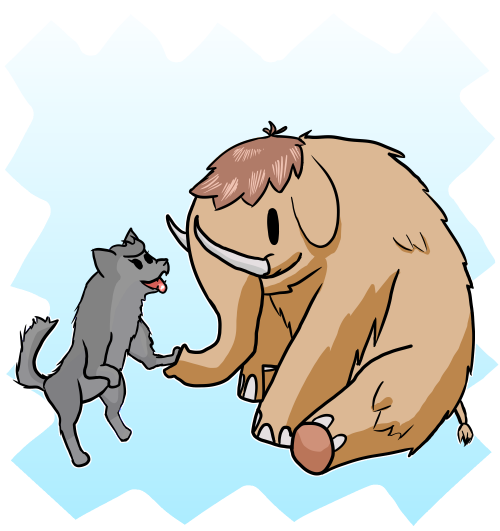very long (4300 characters), mythographic analysis of hylian mythology
The recently recovered BotW document shines new light on the Hylian mythology; it appears closer to a historical account than anything yet recovered, though it still bears the trappings of legend; it has probably been embellished to an extent, though less so than many other surviving documents. A comparison with the other major documents follows, in order of approximate date of writing:
The LoZ fragments seem to tell a fairly faithful story, though so much of them is missing that it's hard to tell what embellishments may have been made on the original. The authors consider it a distinct possibility that the LoZ fragments are in fact all that is left of the true historical account, rather than the BotW document, but the text is too fragmentary to be reliable.
The later AoL scrolls (which, it should be noted, are suspected may even be a forgery) seem to be a wholly fictional addition; no parallels exist in any other known texts.
The ALttP text is a relatively divergent one; the time gap seen in the BotW and OoT documents seems to have been replaced with a 'dark world' motif, an alternate dimension ruled by Ganon rather than merely a later time period. It is unknown whether this was a native innovation or a result of incorporating concepts from the Korok culture into the legend.
The LA document, initially thought to be related, seems instead to be an original invention with a well-known culture hero, Link, as the protagonist.
The Ocarina source, one of the most well-researched documents on the myth, has all the essential elements of the story of Link. Ganon (here portrayed as a Gerudo man named Ganondorf, exemplary of the strong anti-Gerudo sentiment of the time) plots to take over hyrule, the culture hero Link attempts, but fails, to stop him, and after mysteriously disappearing, returns to finish the job several years later. In this case, the time span is only seven years, which perhaps seems more reasonable than the one hundred years mentioned by the BotW document.
The Mask document may initially seem to be an outlier here, but examined carefully it seems to be an elaboration on the "dark world" theme seen in the ALttP documents; however, the four giants and the 'skull kid' figure both seem distinctly non-hylian in origin, and may be the result of syncretization with foreign legends, possibly of Gerudo origin, though further study would be needed to tell for sure. It is unclear whether Termina represents a mythologized portrayal of a real location, or a wholly fictional setting. Unusually for a Link myth, neither Ganon or Zelda features in the story at all.
The twin Oracle codices seem to be little more than morality tales with the recognisable name of Link applied to the protagonist, though codex A does feature the substantial time travel similar to that seen in the BotW document. Further research may be warranted.
The Waker codex is strongly divergent, though it seems to share some similarities with the first half of the Ocarina source; the hero Link comes from a small village, visits a forest, a volcano, and a giant fish, and then goes to defeat Ganon, again given the name Ganondorf. It's likely that this variant developed among a coastal population of Hylians, likely long after the ancestral land of Hyrule was naught but a memory.
The TP text is another highly divergent telling of the story; it is very likely that this represents a syncretization of the Link mythos and some unknown other culture's mythology (perhaps that of the lost Zora culture). Nevertheless, the essential components are there: a forest, mountain, and lakebed are visited before Link's first attempt to take down Ganon, then Link spends some time (quite a short time in this account) training, before returning and finally defeating Ganon.
The Sky text is widely considered a hoax, but it does contain the now-standard forest, mountain, and lake, as well as repeated attempts to defeat the enemy, though the enemy is not Ganon in this text.
The astute reader will note that a number of texts were skipped in this; this is because the MC, FS, FS-A, Hourglass, and Tracks sources all appear to be either wholly or mostly unrelated myths with the name of a recognisable culture hero added on for a Hylian audience. The origin of these myths is uncertain.
very long (4300 characters), mythographic analysis of hylian mythology
@Felthry Any takes regarding the seeming commonness for newer sources to reference older one, directly or indirectly?
re: very long (4300 characters), mythographic analysis of hylian mythology
@fibonacci_reminder It's likely that later versions have syncretized elements from a number of different versions that the writer knew of. The legend appears to be primarily an oral tradition that, for one reason or another, got written down at numerous points by independent authors.

also @Zeny@snouts.online @LexYeen@snouts.online this is (very indirectly) your fault